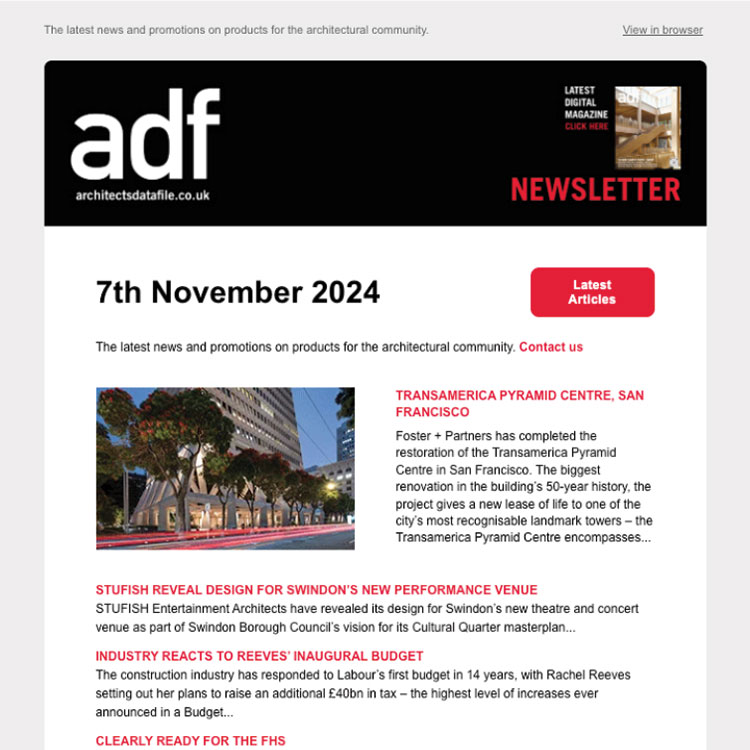Lead remains highly specified but many construction professionals are unaware of the various types available or the quality standards. Boudewijn Tuinenburg of Midland Lead explores the sector’s knowledge of lead’s accreditations and green credentials.
Over the past few months, the construction industry has seen a rise in discussions around British Board of Agrément (BBA) accredited machine cast lead and British Standard (BS) accredited rolled lead. Those working with lead sheet have queried ‘what are the differences between a BBA and a BS?’ and ‘how do the rolled and machine cast manufacturing methods differ?’
This has been, in part, down to our recently commissioned industry survey (conducted by Firebrand Insight, an independent research consultancy), which revealed widespread confusion and misunderstanding around the differences between the lead sheet types, both among lead merchants and end users.
A total of 250 construction professionals were surveyed across the UK, from roofing, timber and builders merchants, through to specialist lead roofing contractors, roofers and general builders. The results revealed that while some do have product awareness, many professionals are not confident in their knowledge of lead types and accreditations.
BBA vs BS
The key fact is that high quality machine cast lead has a BBA accreditation, while rolled sheet’s general standard is BS 12588. And, while BS tends to have higher awareness than BBA in the construction industry, they in fact share the exact same standard requirements. However, the BBA benefits from additional biannual external surveillance visits, a three-year review on product quality and service levels, and internal quality checks.
BBA-accredited machine cast lead also carries a 60-year warranty, while BS-accredited rolled lead offers 50 years.
An important point to add here is that BBA machine cast lead does in fact conform to the BS 12588 specification. However, it is currently impossible for machine cast lead, no matter how high quality standards are, to qualify for it, as it is only applicable to lead manufactured through a milling process.
Machine cast vs rolled lead
With the exception of different manufacturing methods and warranty lengths, machine cast lead and rolled lead share identical product traits. Rolled lead sheet is manufactured through a milling process, and machine cast through a more modern continuous casting process, but both are manufactured using the exact same chemical specification.
Both are also made according to the same analysis, codes, tolerances and permitted sizes, and consistency in thickness is also identical, varying by no more than +/- 5 per cent at any given point.
BBA and BS-accredited lead sheet are also both accepted by the NHBC, Building Control, architects, designers and engineers, insurers, building associations and all local authorities and government bodies throughout the UK.
And finally, both are made from 99.95 per cent pure, recycled lead – another hot trend in the industry currently.
Lead’s green credentials
We’ve seen sustainable development and the green credentials of construction materials become increasingly important of late, and have noticed that while lead is recognised for being an environmentally friendly material to work with, many don’t realise to what extent.
Now in the BRE Green Guide for the first time with a rating of A+ or A, as a building material that is both fit for purpose and able to improve the sustainability of construction, lead is arguably one of the greenest choices you could make.
One of the main reasons lead is A+ or A in the Green Guide, which considers typical UK construction specifications and compares their environmental impact on a scale of A+ to E (lowest to greatest environmental impact), is undoubtedly down to its recyclability.
Lead can be recycled continually; used over and over with zero effect on performance. It’s also easily recovered when buildings need to be demolished, and with its high scrap value, nothing goes to waste.
With some lead sheet companies using the environmental benefits of lead to market their product, in fact more than 95 per cent of lead used in the UK building industry is recycled product, whichfurther reduces the need for primary raw materials across the sector.
Lowest carbon footprint
Boasting the lowest carbon footprint among all hard metals, lead sheet’s manufacturing process is also energy-efficient. Due to the material’s low melting point (327°C) during the recycling process, less energy is used compared with alternatives.
We’re also currently working with MSc graduates from Cranfield University on research projects that aim to improve our understanding of the lead sheet manufacturing process in order to further improve its energy efficiency.
We have a strong belief that engineering and technology will help drive the lead sheet industry and its sustainability forwards. We’re excited to be a part of improving the manufacturing process’ energy efficiency, while spreading the word on lead’s natural green attributes, the different types of lead sheet and, of course, lead’s different accreditations.
Boudewijn Tuinenburg is managing director of leading lead sheet manufacturer Midland Lead


